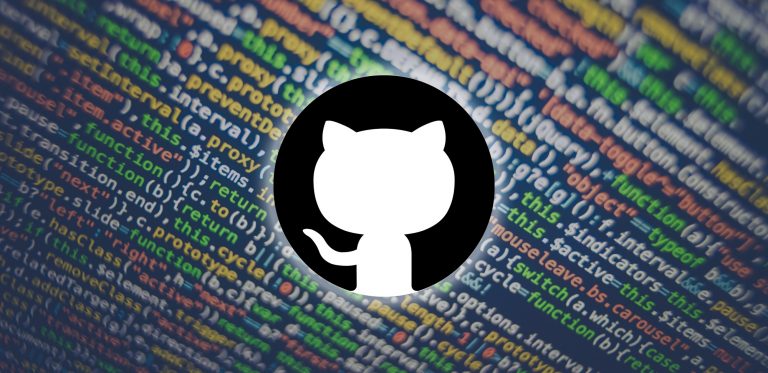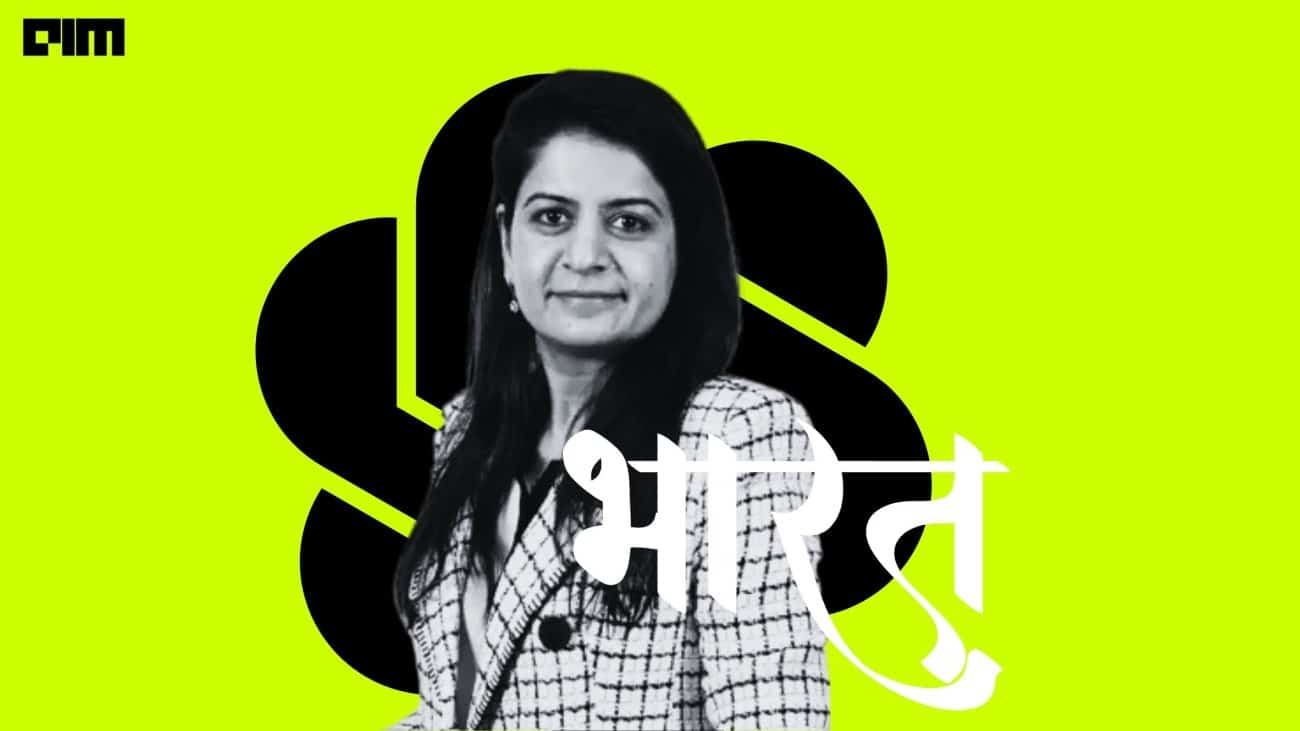“Science and Technology for a Sustainable Future” is the theme of National Technology Day 2021. The day serves as a reminder of India’s commitment to technological progress. Soon after the independence, the government set up IITs to cultivate a new crop of technology leaders and push our technology landscape.
Analytics India Magazine caught up with Vineeth N Balasubramanian, Head, Department of Artificial Intelligence, Indian Institute of Technology, Hyderabad. He is also an Associate Professor at the Department of Computer Science and Engineering.
“Choosing initial steps that build on one’s strengths can help provide the right impetus in early stages,” said Vineeth.
Excerpts:
AIM: Tell us about your Google Research Scholar Award 2021
Vineeth N Balasubramanian: The title of the research project is “Bridging Perspectives of Explainability and Adversarial Robustness”. Robustness to adversarial perturbations in input and explainability of deep learning models have emerged as two important dimensions of estimating the goodness of a trained deep neural network (DNN) model, especially in risk-sensitive and safety-critical application domains such as healthcare, aerospace or autonomous navigation.
Most work so far on these two topics – explainability and adversarial robustness – have focused on either of them alone, with very few efforts looking at connections between the two. A human-imperceptible adversarial perturbation of an image of a cat which is predicted as an ostrich by a DNN model may have no meaningful explanation for such a prediction. This simple intuition tells us that there may be deeper complementary connections to explore these two seemingly disparate directions. Exploring this connection provides a new dimension to both these topics, which could unearth a fresh new understanding of DNN models. In this project, we seek to answer some of these questions to develop a foundation for further research at this intersection.
AIM: How did your fascination with machine learning and deep learning begin?
Vineeth N Balasubramanian: More than a specific event or experience, my journey has been a gradual progression of experiences that strengthened my fascination with machine learning and deep learning. My first academic degree was in mathematics, which continues to interest me to this day. My Master’s thesis in image processing was perhaps my first foray into the broader field that enthused me into this research area.
My PhD thesis was in an interdisciplinary group that applied machine learning to real-world problems, which showed me the applied side of research. Through all these years, my natural ideation process always gravitated towards machine learning algorithms, which was perhaps an ideal middle ground between math on the one hand and real-world application on the other. This aspect of machine learning and deep learning continues to interest me, and I still try to work on solutions for real-world challenges. I do believe there is a long way to go.
AIM: What were your initial challenges, and how did you address them?
Vineeth N Balasubramanian: Different challenges are encountered at different stages of career. As a research student, my initial challenges were similar to many others – understanding what kind of a research problem I want to work on; knowing when to read and when to experiment; what it takes to publish your research; how to write a paper; and so on.
To a large extent, these questions were answered through the mentorship I received from different people, discussing with peers, and sometimes just trial-and-error, or what one can call experience.
AIM: Did you encounter any data science problems during your research?
Vineeth N Balasubramanian: I have had to deal with two biggest problems: dataset creation; and finding the problem one can solve given a certain kind of dataset. Creating a dataset is a skill by itself and often a longitudinal effort with multiple players, especially when it pertains to a domain that requires expertise, such as healthcare or aerospace or agriculture. Knowing what kind of data collection is required to solve a problem is non-trivial. Discussions with multiple stakeholders and thinking through every detail of data collection and annotation is paramount. Ethical and privacy implications must also be kept in mind, and suitable consent and permissions must be taken.
Most importantly, organisations with data often make assumptions on what they can do with it, which does not translate easily into practice. This requires careful understanding of the data and its annotations and discussions with the people who collected the data and domain experts. A thorough understanding is required before problem formulation and subsequent development of machine learning models.
AIM: What are your thoughts on the scope of AI research in India compared to the global scenario?
Vineeth N Balasubramanian: The scope of AI in India across different application domains is immense. Plenty of opportunities to learn AI/ML – especially certificate programs – have emerged over the last couple of years. Governments, both at central and state levels, have shown great leadership and enthusiasm in adopting AI, and even AI-based startups have emerged in diverse application domains. However, considering our population, there is always scope for more. One of the issues we lag is – innovation in AI. However, AI as a field is still growing, and making new technological innovations at the heart of AI itself – be it fundamental or applied – is something we need more of.
There are two aspects to the research scope of AI in India: to use and leverage AI to develop cutting-edge products and services in various application sectors, or to make fundamental advancements to the field of AI itself, be it theoretical or applied. The former is important not merely as an indicator of technological advancement but more fundamentally for improving the quality of life of every citizen in the country and helping scale the efforts of enablers to reach out to every corner of the country.
But for our position in the global arena, the latter may be critical – to think beyond what exists and create new knowledge and technologies. We do lag behind in the latter aspect and need to invest concerted efforts to develop on both fronts. Being a global leader in a field such as AI automatically attracts economic investments and growth, and thereby a better quality of life for all individuals. In terms of potential, we have it in abundance but need the will and right platforms to convert potential to tangible outcomes.
AIM: What’s IITs’ approach towards AI education and research?
Vineeth N Balasubramanian: At IIT-Hyderabad, we have an AI department that offers Bachelors, Masters and PhD programs in AI. We also offer a certificate program for anyone interested in AI, even if they are not registered as an IIT-H student. The department consists of faculty members in AI with different backgrounds: computer science, electrical engineering, mathematics, mechanical engineering, design, liberal arts, physics, etc.
This allows all our programs to be holistic. Historically, while AI was ensconced in computer science, it has developed over the years to encompass more perspectives, including ethical and design aspects. Hence, it is imperative to educate our next generation of professionals in a well-rounded manner, providing exposure to all these perspectives.
AIM: How can the government and corporations play a role in encouraging more students to enter AI fields?
Vineeth N Balasubramanian: There is always a need to do more. India has talented students across almost every institution; however, there is a dearth of mentorship opportunities to take their learning to the next level. Many faculty, though sincere and dedicated, have not had the access to state-of-the-art topics and practices.
Remote mentorship programs for bright students, especially in lower-tier cities and towns, can be a catalyst. Attracting Indian talent around the globe to participate in such programs or spend a few months at Indian academic institutions or startups could be another direction. Opportunities for motivated faculty in lower-tier institutions to spend a few months at the best of institutions, in India or abroad, could be a third direction. In all such efforts, it may be important to develop win-win programs that are simple to operate and rewarding for all parties involved.
AIM: What is your advice for people who want to pursue AI research?
Vineeth N Balasubramanian: My suggestion to all aspiring AI researchers would be to keep at it. There is nothing like having a mentor, but even if not, there are many online resources and platforms such as discord groups, virtual meetups, ML hackathons, workshops to learn from peers and experts these days.
Sometimes, students want to learn everything in a very short duration, which can cause confusion. It does take time to get deep into a field, and focusing on a sub-area and continue working on it for a reasonable period of time may be useful. It is also important to have clarity of purpose and a good understanding of one’s strengths. Knowing one’s goals – becoming a researcher, applying ML to industry problems, promoting social good through ML, or pedagogy in ML – helps progress in the right direction. Choosing initial steps that build on one’s strengths can help provide the right impetus in the early stages.
AIM: Tell us about your projects
Vineeth N Balasubramanian: We are currently working on explainable AI and its connections to introducing reasoning and commonsense in AI/ML model predictions. Beyond these, mentoring and training quality researchers is by itself an important contribution of academic institutions. Considering we are one of the second-generation IITs, having our students succeed at the highest level, including publications at top-tier venues and laudable recognitions, has been a heartening impact from a skilling perspective. I hope that our research group and institution would be able to continue to contribute many more such researchers to the AI ecosystem in the years to come.





















































































